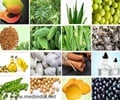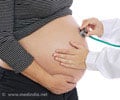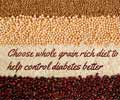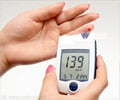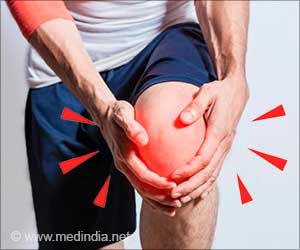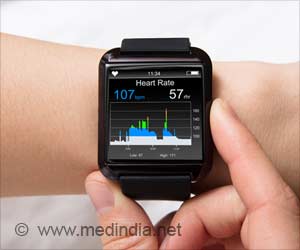Overall acidity of the diet increases the risk of type 2 diabetes, shows study.
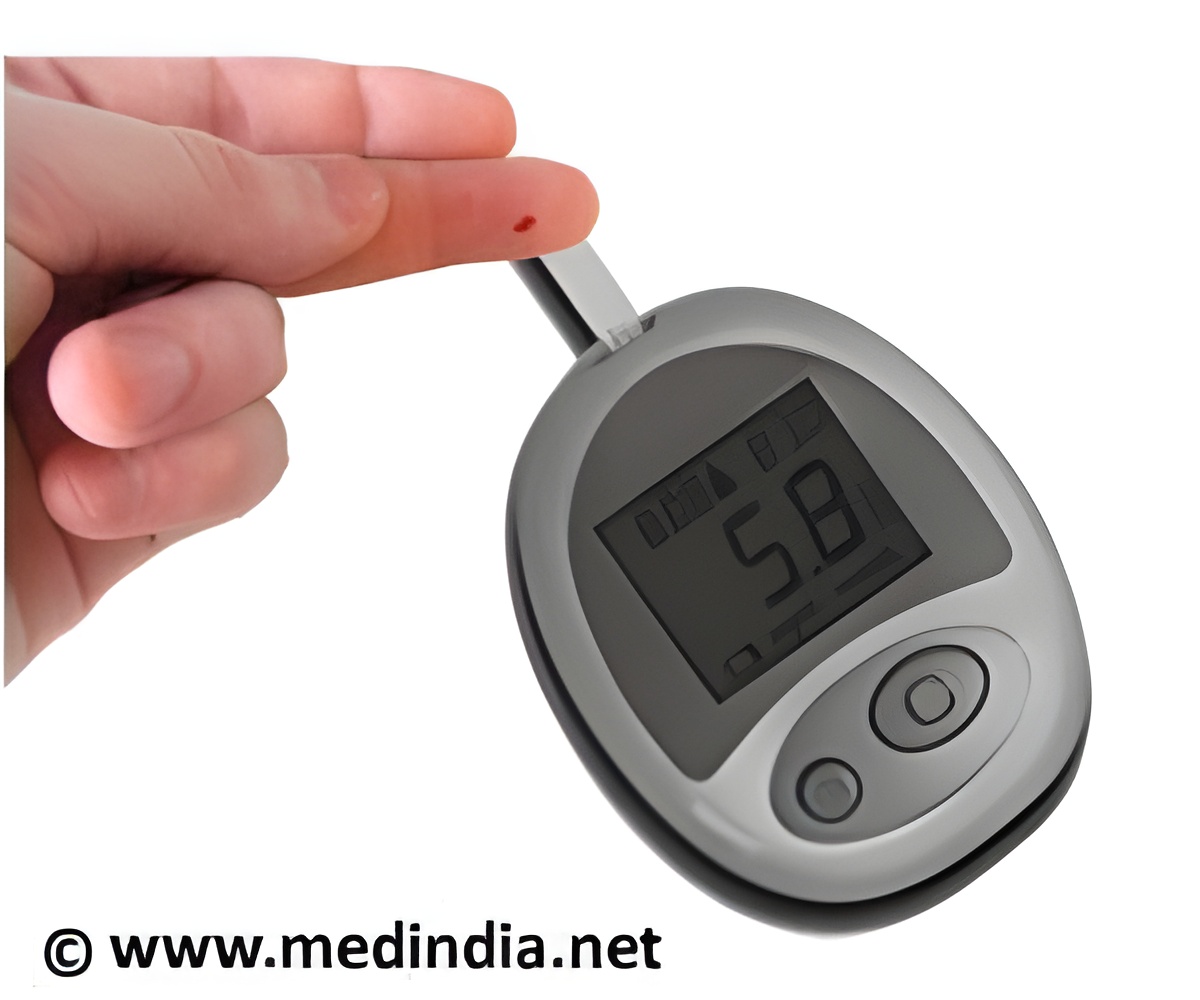
During follow-up, 1,372 new cases of incident type 2 diabetes occurred. In the overall population, those in the top 25% (quartile) for PRAL had a 56% increased risk of developing type 2 diabetes compared with the bottom quartile. Women of normal weight (BMI of 25 and under) had the highest increased risk (96% for top quartile versus bottom) while overweight women (BMI 25 and over) had only a 28% increased risk (top quartile versus bottom). NEAP scores showed a similar increased risk for higher acid load. The authors say: "A diet rich in animal protein may favour net acid intake, while most fruits and vegetables form alkaline precursors that neutralise the acidity. Contrary to what is generally believed, most fruits such as peaches, apples, pears, bananas and even lemons and oranges actually reduce dietary acid load once the body has processed them.
"In our study, the fact that the association between both PRAL and NEAP scores and the risk of incident type 2 diabetes persisted after adjustment for dietary patterns, meat consumption and intake of fruit, vegetables, coffee and sweetened beverages suggests that dietary acids may play a specific role in promoting the development of type 2 diabetes, irrespective of the foods or drinks that provide the acidic or alkaline components." They conclude: "We have demonstrated for the first time in a large prospective study that dietary acid load was positively associated with type 2 diabetes risk, independently of other known risk factors for diabetes. Our results need to be validated in other populations, and may lead to promotion of diets with a low acid load for the prevention of diabetes. Further research is required on the underlying mechanisms."
Source-Eurekalert

